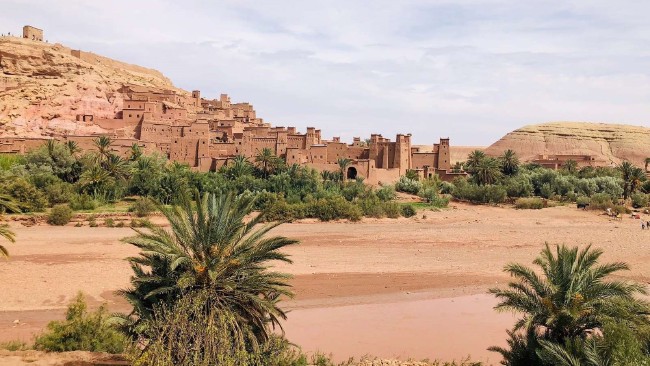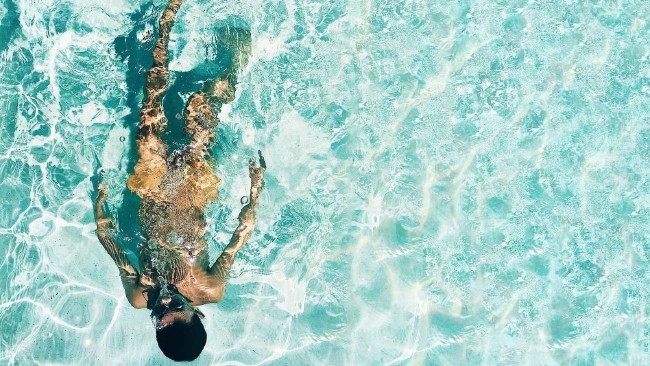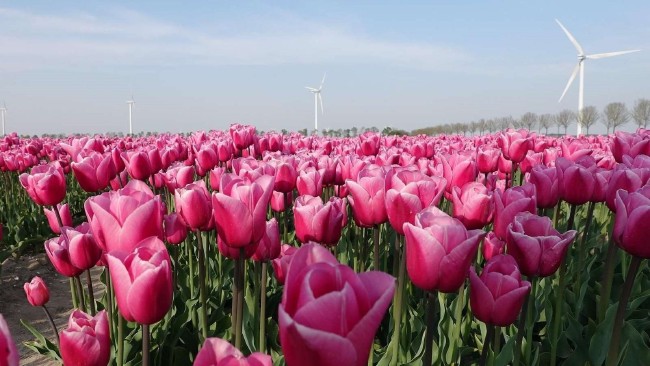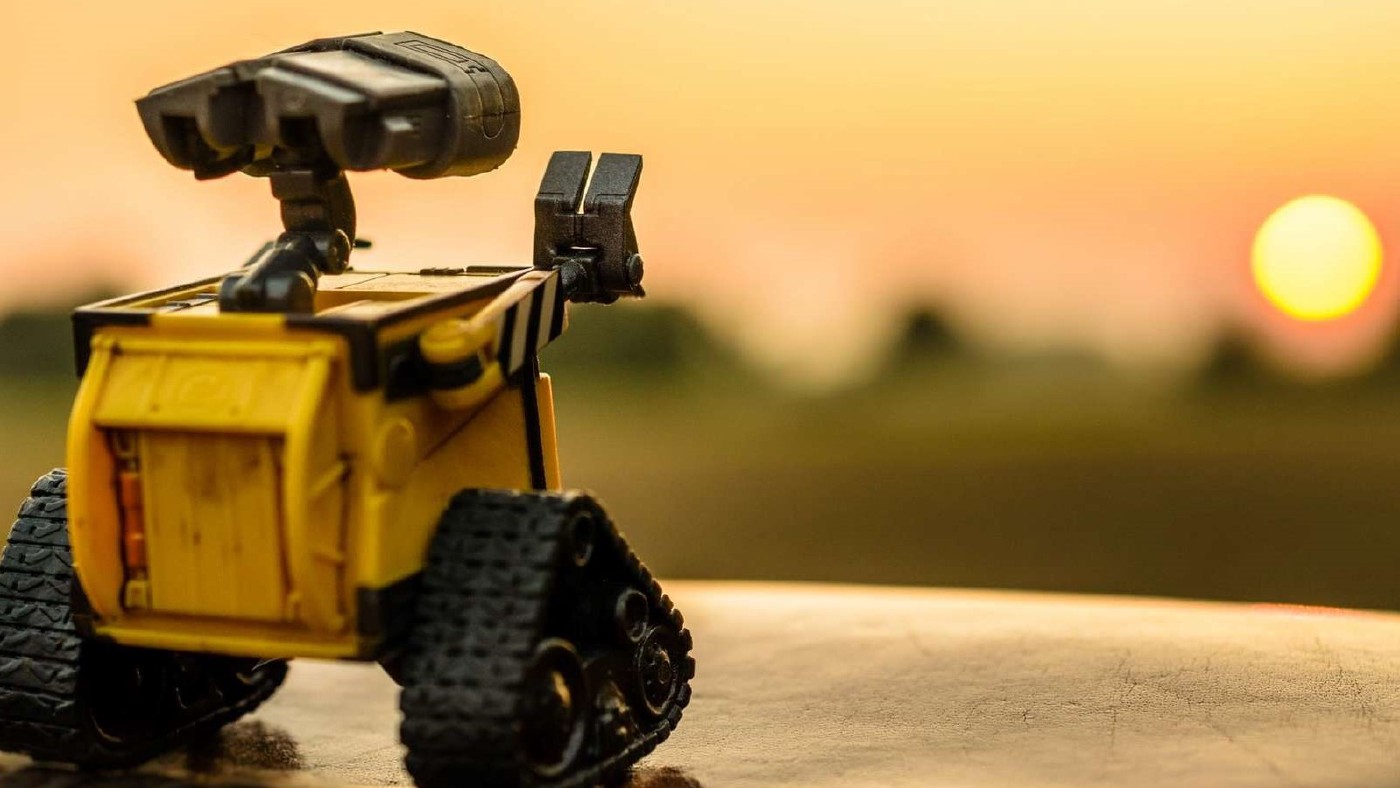
💧 Mars Robot and Smart Wheelchair
Bom dia 👋 Did you know? Living near a variety of different birds can bring as much happiness as a salary augmentation. In fact, being around fourteen additional bird species gives as much satisfaction as earning an additional $150 a month 😃
📈 Uplifting Trends and Facts
- The Canadian government will provide up to $340 million in new funding to support Indigenous-led conservation projects over the next five years. The investment is part of the nation’s $2.3 billion commitment to nature conservation.
- Since June, Harvard University has stopped using any of its nearly $42 billion worth of academic endowment to invest in fossil fuels. Activists, both on and off-campus, have been pushing for this move for years.
- On the brink of extinction in 2011, four tuna species have bounced back, thanks to fishing quotas and a crackdown on illegal fishing. This positive news illustrates the efficiency of sustainable fishery approaches.
- Last month, Beijing recorded its best monthly air quality levels since records began in 2013, following the ‘air-pocalypse’ event when levels of PM2.5 reached 900 micrograms per cubic metre.
- France will offer free birth control to all women up to age 25 starting next year. The measure will also include free medical visits about contraception.
💧 The Robot That Creates Water From Thin Air
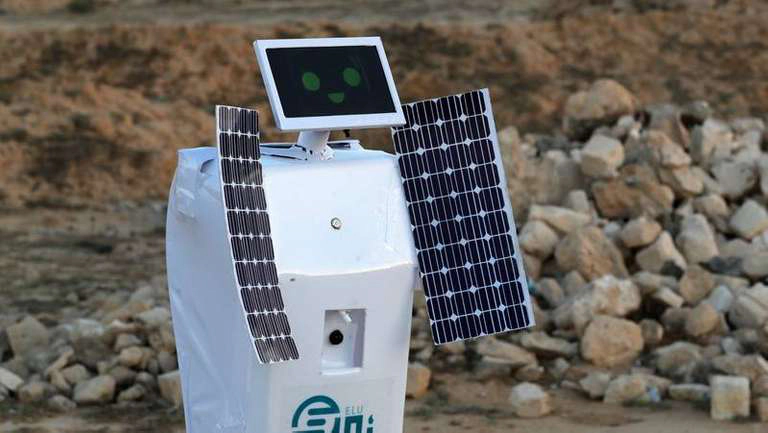
Mahmoud Elkoumy, a mechatronics engineer from Egypt, built ELU, a robot that converts humidity from the air into drinkable water.
Inspired by NASA’s Mars mission, this DYI prototype cost Mahmoud $250 to build and produces 4 cups of water per day. ELU runs on solar energy and is particularly adapted to dry environments with relatively high humidity levels, like Mars or some deserts on Earth. Indeed, on Mars, humidity can reach 100% during nighttime while it can peak at 50% in the Mojave desert.
Using polymer technology, ELU condenses moisture in the air. Then it filters, sterilizes, and enhances the resulting water to make it drinkable. According to Mahmoud, the cost of generating water from the air is lower than any other available technology. Indeed, one litre of water costs 1.5 to 2 cents with ELU, against 20 cents with other technologies such as wells or river extensions.
Why does it matter? Climate change causes the progressive desertification of the globe, and fresh water is more and more scarce. Mahmoud claims that his innovation is extremely scalable and that he can launch plants that generate 5,000 or even 50,000 litres per day.
Like many other technologies designed for space exploration that ended up benefiting people on Earth, this self-financed project could be a gamechanger for millions of people living in arid areas worldwide.
👨🦽 The Wheelchair That Climbs Stairs
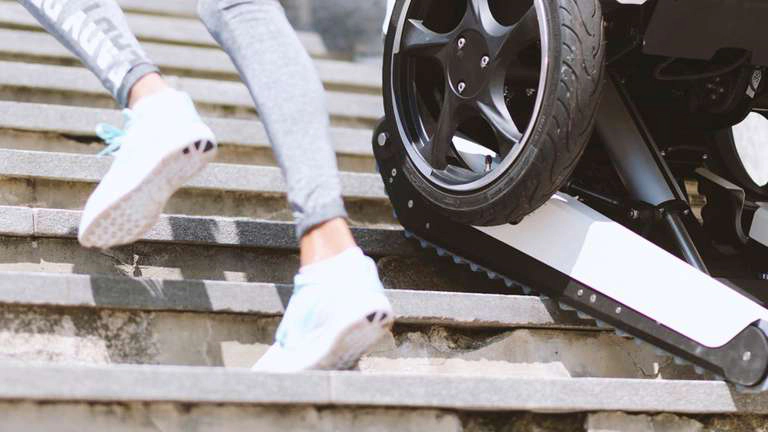
The Swiss company Scewo designed Bro, an innovative wheelchair that allows people to navigate virtually all terrains and even climb stairs. Founded by four students from ETH Zurich and the Zurich University of the Arts, the company won several design awards for its smart wheelchair.
Users can operate the chair through an integrated touch interface or a smartphone and choose different modes: park, drive, and track mode. The latter enables more fine-grained control, letting users climb stairs, reach higher shelves at homes or be at eye level to others. In addition, according to Scewo, the technology ensures the seat balances itself to stay in a sitting position without the risk of tipping over.
The Scewo Bro can go up to 10 kph and has a battery autonomy of 35 km. It can also fit in the trunk of a car and requires 5 hours to charge fully.
Why does it matter? Independence in mobility is a critical determinant of quality of life. Today, 75 million people worldwide need a wheelchair daily. With increased longevity and ageing baby boomers, this number will likely grow in the years to come.
Although the world should become more accessible for people who need a wheelchair, this technology will increase their mobility and thus provide them with a better quality of life.
🎯 The Pick
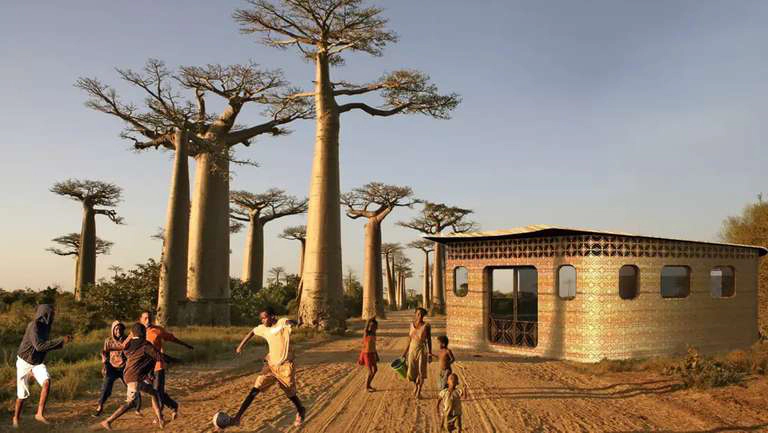
In Fianarantsoa, Madagascar, Thinking Huts partnered with architectural design agency Studio Mortazavi and Finnish company Hyperion Robotics to create the world’s first 3D-printed school.
According to the organization, 3D printing uses less concrete than other methods, and its 3D cement mixture emits less carbon dioxide than traditional concrete. As a result, building a new school in under a week is possible while minimizing the related environmental impact. Among other benefits, this innovation employs locally sourced materials and generates less waste by building objects layer by layer.
Through this project, Thinking Huts aims to widen access to education and address the lack of investment in physical infrastructure, one of the main contributors to the low education rate in Madagascar.
Why does it matter? The absence of educational buildings is a massive impediment in many countries, especially those lacking labour and building resources. This issue will be particularly crucial in a post-pandemic world. Indeed, UNICEF estimated that 1.6 billion children worldwide are in danger of falling behind because they don’t have access to the Internet or proper devices to receive online education.
Getting children back in the classrooms will, therefore, be key to ensure proper education everywhere. In this context, 3D printing might be the solution to achieve this feat.
🌍 Meanwhile, Worldwide…
🍇 Sustainable Thinking Scotland is a social enterprise that captures carbon using biochar. Biochar is a carbon-rich material that results from burning biomass in an oxygen-deprived environment. STS plans to use this material to increase soil fertility and improve water quality while contributing towards Scotland’s net-zero ambitions.
🌱 Researchers in Germany and Indonesia discovered that certain plants naturally accumulate minerals, such as rare earth. Growing these “hyperaccumulators” could be a beneficial alternative to the traditional mining techniques, which pollute the surrounding environment and are responsible for around 5% of global emissions.
🍃 The Spanish renewable energy company Siemens Gamesa announced it designed the first-ever recyclable wind turbine blade. Although wind turbines generate electricity without using fossil fuels or producing particulate matter pollution, their blades usually cannot be recycled and end up in landfills. This new technology could thus pave the way to greener wind energy production.
♻ In Kuwait, the EPSCO Global General Trading recycling company built a plant to transform the 40+ million old vehicle tyres dumped in the country’s sand into rubbery coloured flooring tiles and other industrial products. The new plant can recycle more than 3 million tyres a year, and the government plans to create a tyre recycling hub by opening more plants soon.
💻 The Nigerian government, the Global Environment Facility and the UN Environment aim to transform Nigeria’s hazardous informal recycling sector into a formally legislated system. The goal is to create a practical circular electronics model for Africa and beyond that protects the environment and generates safe employment for thousands of people.
😍 Wholesomeness

That’s a wrap. If you enjoyed this newsletter, please share it with your friends! For any feedback, reach out and drop a comment here or on our social media platforms :-)
Have an amazing week ahead 💗
Related Posts
🌻 Plant Whisperer and Wood Floor
Ciao 👋 Did you know? Paris recently lowered its speed limit from 50 kph to 30 in the city centre to encourage residents to replace cars with public transportation and bicycles as their main way of transportation.
🌞 Sunscreen and Steel
Hola 👋 Did you know? A two-decade-long research project found that seagrass is a particularly effective carbon sink - even more than trees - on top of purifying the water and creating self-sustaining habitats for marine wildlife.
🌷 Tulips and Swimming Pools
Hallo 👋 Did you know? Besides environmental results, investing in a marine protected area could yield a tenfold return on investment through benefits for biodiversity, fishing and tourism 🐠
